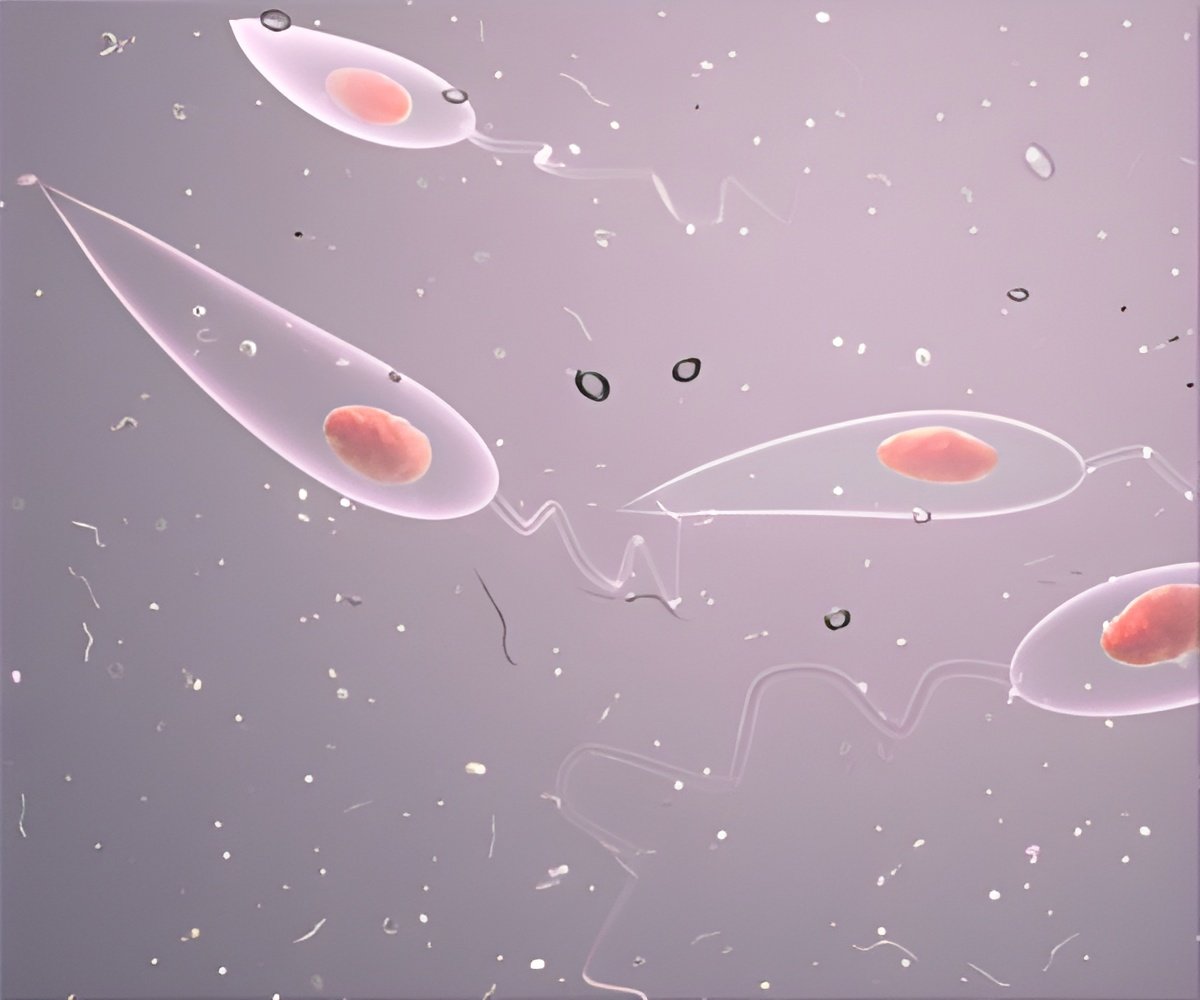Reduced probability of development of resistant parasites, decreased duration of therapy, high efficiency and safety are advantages offered by combination regimens.

A recent trial tried to identify an effective and safe short-course combination treatment of visceral leishmaniasis in India. The following combinations were tried out:
• Liposomal amphotericin B and miltefosine
• Liposomal amphotericin B and paromomycin
• Miltefosine and paromomycin
The randomised controlled trial study was done at two sites in Bihar: Muzaffarpur (site of Kala-Azar Medical Research Center of Banaras Hindu University, Varanasi) and Patna (Rajendra Memorial Research Institute of Medical Sciences). The efficacy of the combination treatments (ie, definitive cure rate) was compared with the standard treatment (monotherapy).
The results of the study were published in The Lancet. All three combination treatments were found to be effective, and they were less toxic (particularly for the kidneys) and better tolerated than was the standard treatment with amphotericin B. The study did not try to find out which of the combinations works best. The choice of treatment depends on various factors like facilities available, acceptability, and costs. Miltefosine, for example is better avoided in pregnant women for fear of the detrimental effects on foetus. Drug combinations were also found to provide the advantage of shortening treatment duration from 21-28 days for monotherapy with paromomycin or miltefosine to 8-11 days with combinations.
The study was not devoid of limitations. The findings are significant though. Lower cost of treatment is indeed a boon for the poverty stricken districts that suffer disease burden. Reduced probability of development of resistant parasites, decreased duration of therapy, high efficiency and safety are advantages offered by combination regimens. Researchers believe that drug combinations are apt candidates that can replace monotherapy.
Source-Medindia










